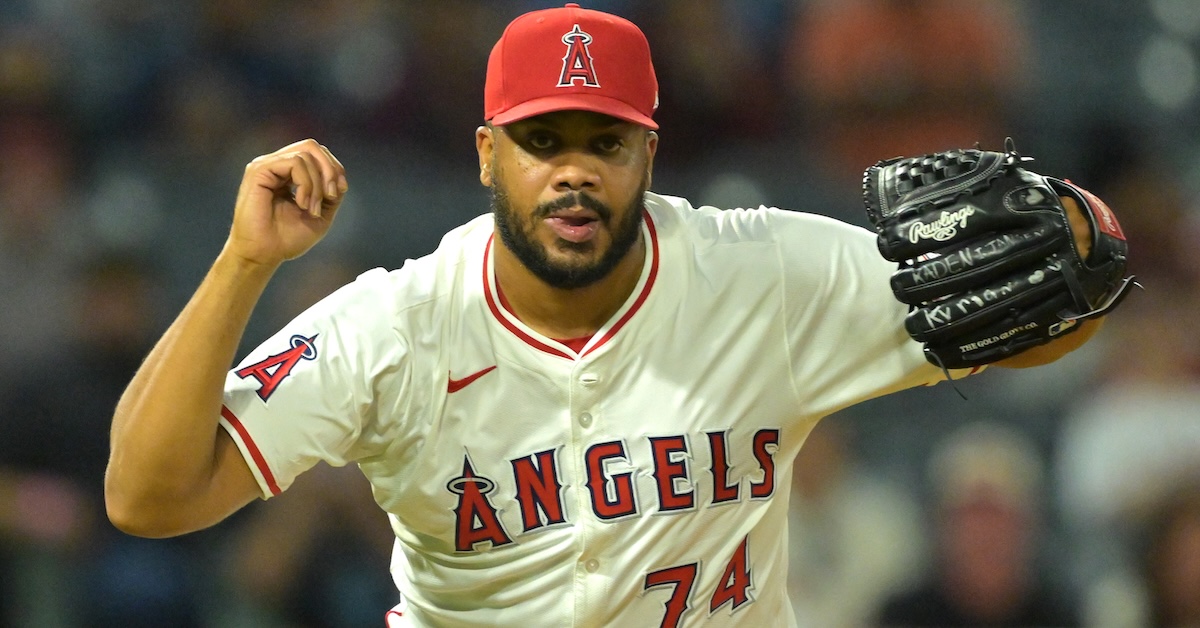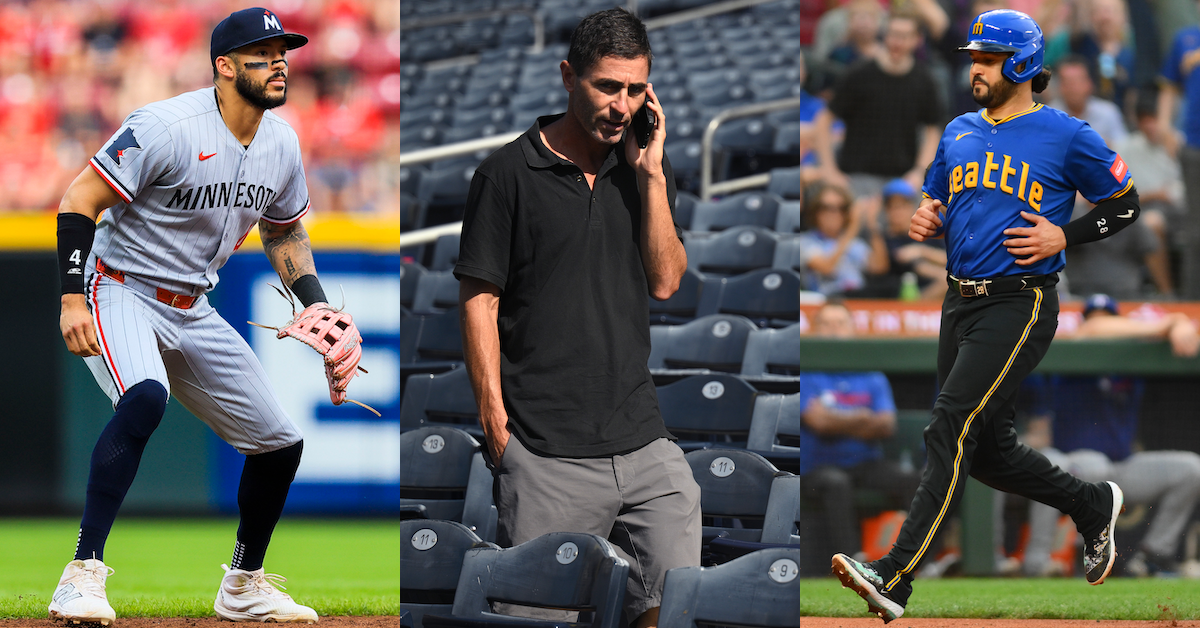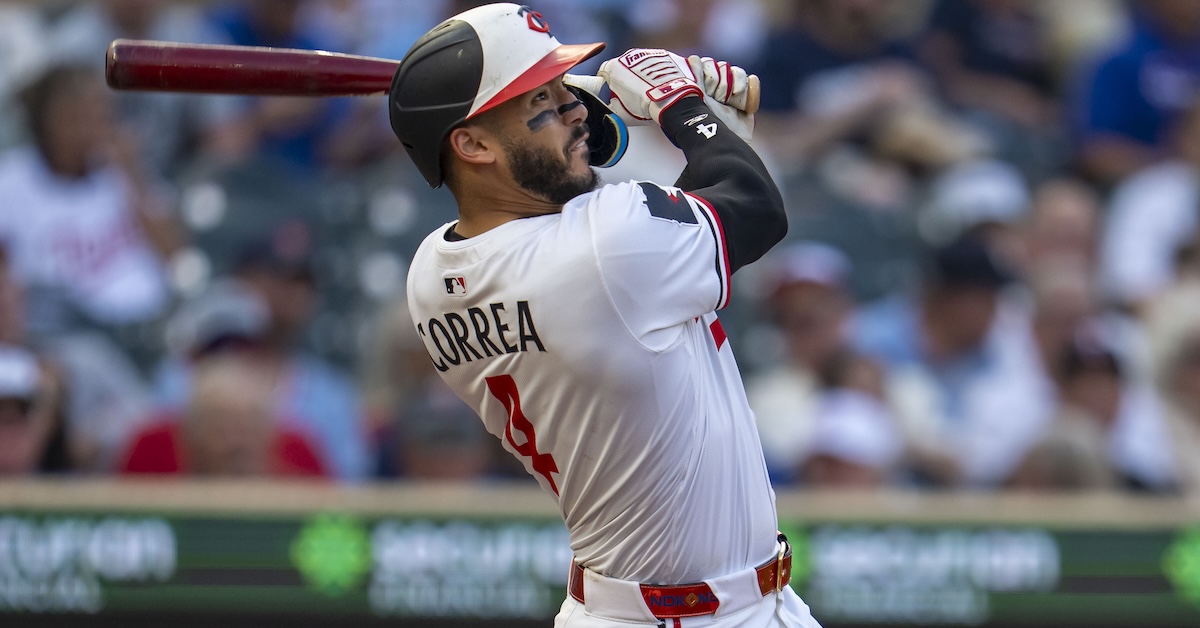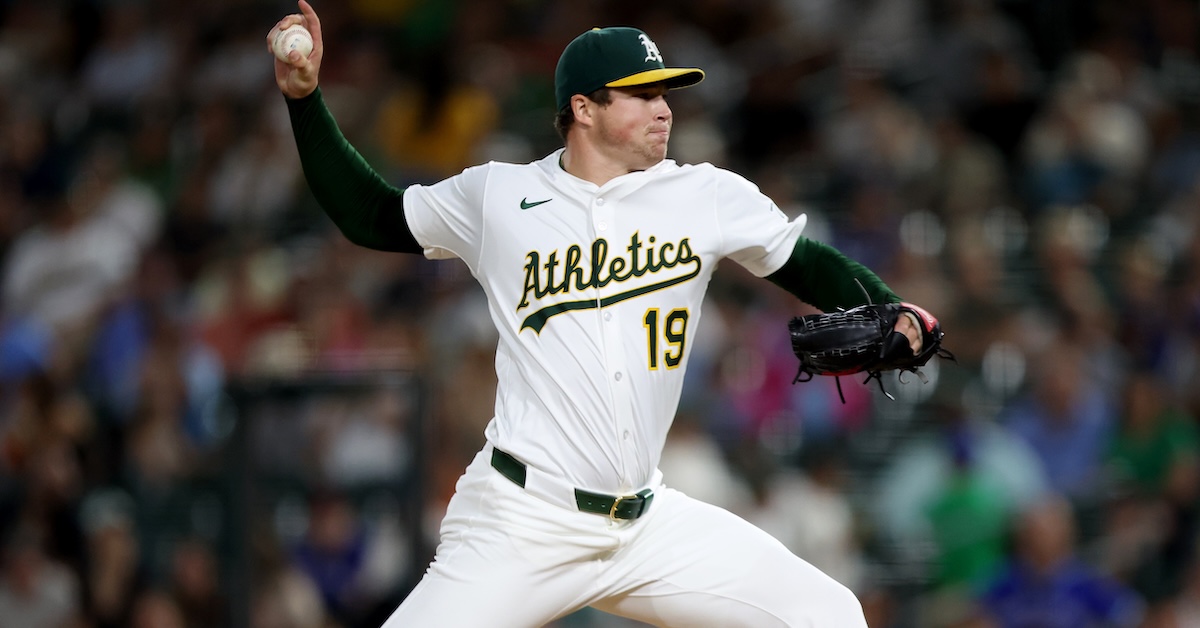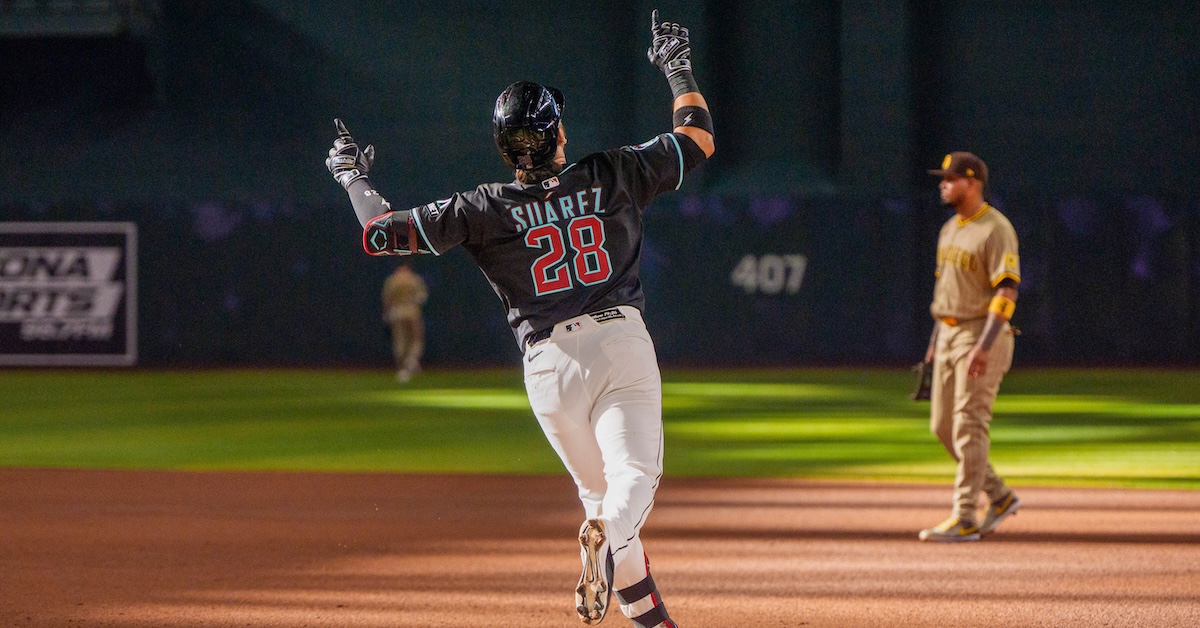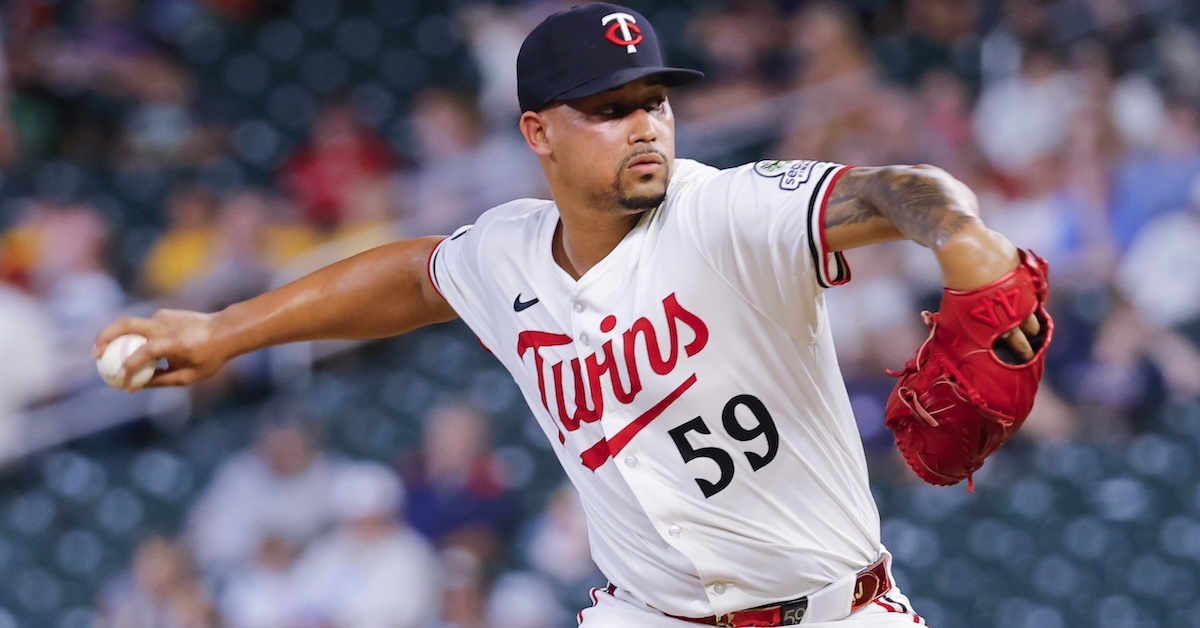Sunday Notes: Dustin May Has Become a Better Person Through Adversity
When the Red Sox acquired Dustin May from the Dodgers at Thursday’s trade deadline, they brought on board a starter with a pair of elbow surgeries in his rearview. The 27-year-old right-hander had Tommy John in 2021, then needed to have a flexor tendon repaired in 2023. Boston also brought on board a pitcher who has matured admirably since he was drafted 101st overall in 2016 out of a Justin, Texas high school.
“As a pitcher, I haven’t changed a whole lot,” May told me prior to the trade. “My stuff is pretty comparable to what it was before. But off the field, I’ve changed a lot. A lot of life changes have happened through the surgeries — a lot of good things — and I feel like I’ve definitely improved as a person and as a husband.
“We’re all very blessed, and talented, to be here,” he added. “Stuff can be taken away from you in an instant, and you can have no control over it. No matter how hard you work, or what you put into it, life can come at you very fast at times.”
A serious health scare last summer is an example. May suffered a torn esophagus that required emergency surgery. Less scary, but nonetheless troublesome, was his not bouncing back from TJ as well as he’d hoped. Read the rest of this entry »
